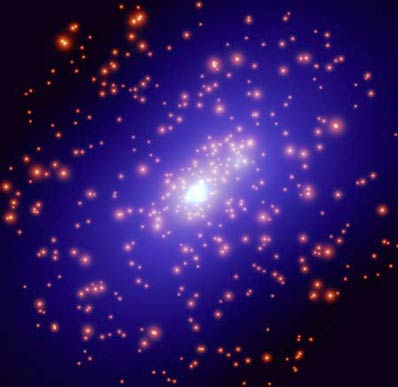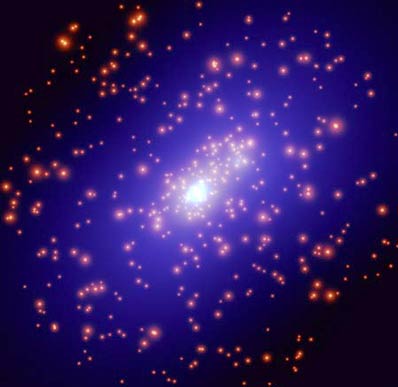A different way to look at dark matter
Tantalizing indirect observations from diverse experiments such as the Fermi Gamma Space Telescope and the PAMELA mission have recently encouraged researchers in their search for dark matter. Future work at LHC and with missions such as the Planck satellite should provide even more direct experimental data on the origins of dark matter. Dark matter theories, on the other hand, have tended to travel largely along one path—a canonical model in which dark matter consists of “weakly interacting massive particles,” or WIMPS, created as the early universe cooled, which then annihilate to produce the excess cosmic-ray positron and electron signals that are observed. What other routes should be explored?
In a paper in Physical Review Letters, Timothy Cohen and Kathryn Zurek of the University of Michigan, US, propose a picture that connects the signals for dark matter in the PAMELA and Fermi experiments to the primordial lepton asymmetry. The connection between the dark matter and lepton asymmetry arises from the fact that the fraction of the energy budget of the universe in dark matter and baryonic matter are within a factor of of each other, a relation that is unexplained in most theories of dark matter. Connecting the lepton asymmetry to the dark matter implies a larger than expected dark matter annihilation rate and preferred annihilation to leptons. Together, these properties could account for the signals observed by PAMELA and Fermi. By adjusting the model to account for the indirect signals, Cohen and Zurek are also able to suggest limits for direct detections by the next generation of instruments. – David Voss





